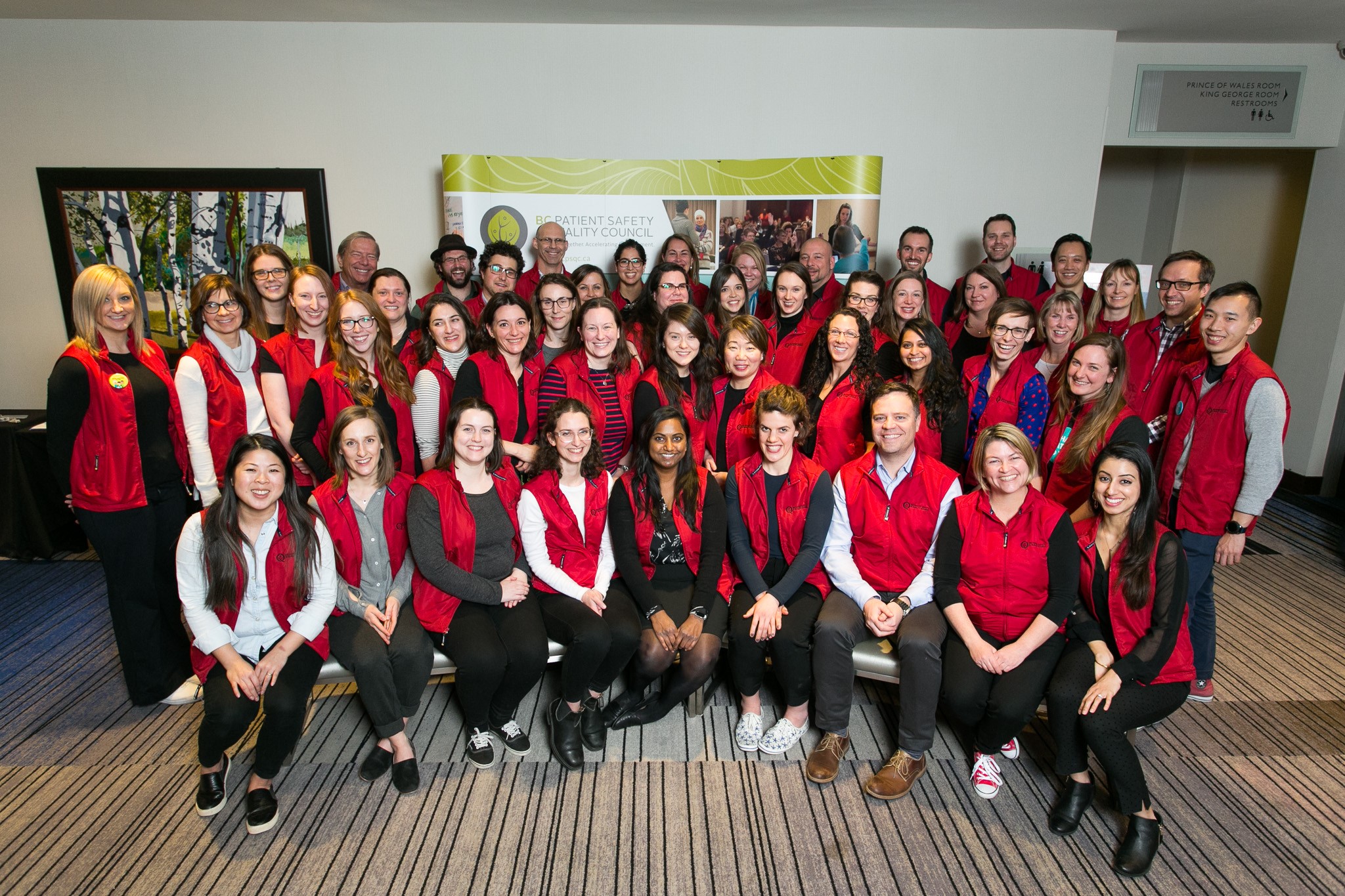Posted
Categories: My Experience
Visiting a hospital can be a frightening, emotional experience, especially if you’re a child. In this poem, patient partner David Baxter reflects on his work in the Psychiatric Emergency After Hours Service, and how he was able to connect with a young patient to provide comfort in a time of need.
For four years, I worked in the hospital at Salmon Arm in the Psychiatric Emergency After Hours Service (PEAS) department. When I initially accepted the job, people asked me why I would want a position with such unusual hours. I was frequently kept up for most of the night attending to patients and their families. But those long nights provided time and inspiration for my writing.
During my shifts, I would walk around the ward looking for people to assist. One night, I came upon a woman and her child, who had recently been admitted to the Emergency Department. The child was a little scared being in hospital, so I sat on the floor and coaxed her to come sit with me.
This poem, and many others, was influenced by my time at PEAS (as well as my role as a volunteer firefighter in Scotch Creek), and included in my self-published book titled Emerging.
Evening out the playing field
I am sitting below
the woman and her child
in bed three.
The patient is scared;
her child peers over
the side of the bed at me.
I’m cross legged
on the Lino in emerge.
The on-call doc whisks by me
and says,
“get up, you don’t have to be
on the floor.”
“I’m okay I say, “just having a little chat.”
At six three and over two hundred pounds,
I need all the lowerage
I can get
A few minutes later,
the three year old
clambers over the side of the bed,
and I’m reading her a story.
Author: David Baxter


